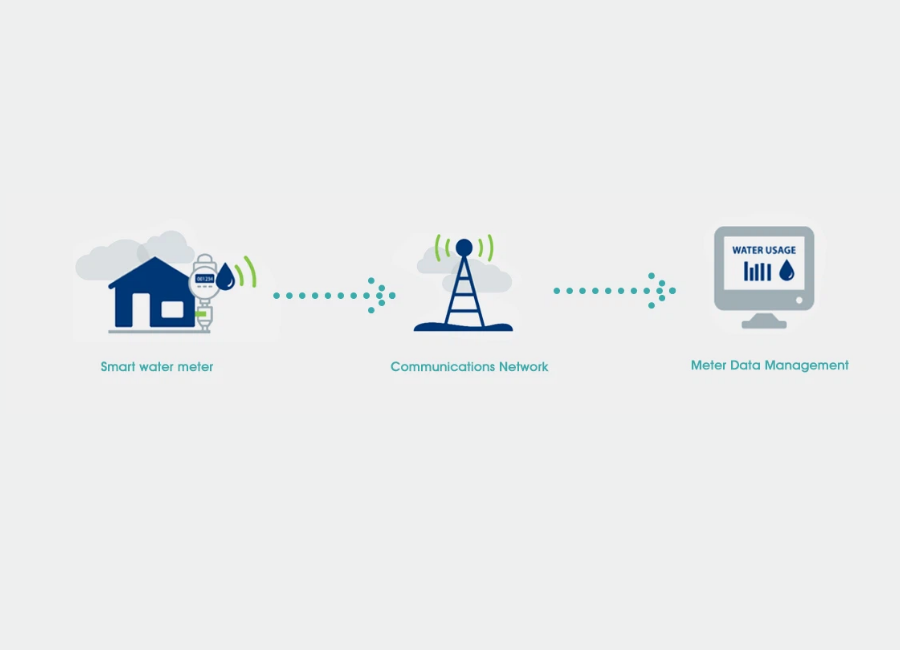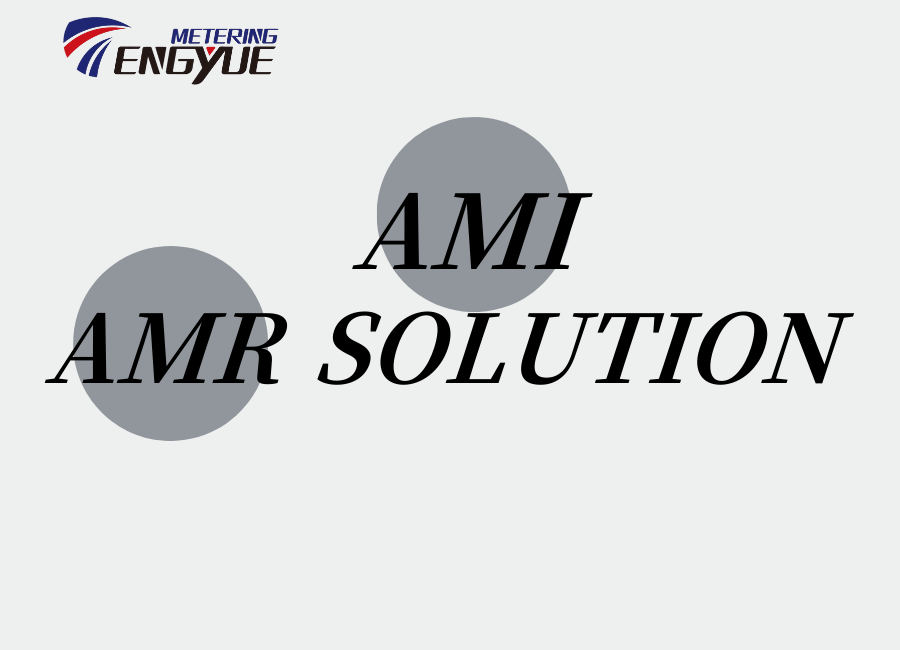Before the advent of Automatic Meter Reading (AMR) technology, water companies relied entirely on manual meter reading, which was inefficient and costly. The introduction of AMR enabled automated data collection for the first time, while Advanced Metering Infrastructure (AMI) further brought revolutionary features such as two-way communication and real-time control. Faced with two solutions, how should water utilities choose?
AMR Solution (Walk by/Drive by)
Tengyue provides an alternative for water companies whose water meter reading infrastructure cannot automatically transmit water meter data to a central database: walk or drive. The meter reading solution uses Tengyue data collectors and consoles to automatically collect nearby water meter information by walking or driving through the streets where water meters are installed and upload it to Tengyue’s innovative data management system for statistical analysis.
In the walk or drive system, smart water meters will be read automatically, and the collected data is used to identify issues that need attention, such as water meter disconnection, leakage, backflow, battery status, and tampering attempts.

AMI Solution (Fixed Network)
Fixed network advanced metering infrastructure (AMI) water management solutions offer significant benefits to water operators and water consumers. Water utilities gain better visibility and control over water operations in general and non-revenue water operations in particular. Water bill consumers gain unprecedented transparency and can benefit from incentives for water conservation.

What is the difference between AMI solutions and AMR solutions?
Automatic meter reading (AMR) technology enables accurate and timely meter reading. AMR systems allow meter readers to avoid entering customer homes. This reduces human intervention and improves the timeliness of data.
However, many water utilities have begun to adopt AMI (Advanced Metering Infrastructure). AMI offers higher system reliability and operational efficiency than AMR. AMI can collect data through two-way communication. It can also remotely control equipment. This helps utilities reduce labor input. It improves overall operational efficiency. This allows companies to focus more on other business areas.
Faced with two solutions, how should water utilities choose?
When choosing between AMR (Automatic Meter Reading) and AMI (Advanced Metering Infrastructure) solutions, water companies need to make a comprehensive assessment based on business needs, budget, technology maturity, and long-term goals.
Situations where AMR is preferred:
Budget is limited: Only the high cost and low efficiency of manual meter reading need to be solved.
Basic needs: No real-time data is required, and regular meter reading can meet billing requirements.
Old system transformation: small changes to existing infrastructure and fast implementation.
Situations where AMI is preferred:
Refined operation: real-time monitoring of water consumption, pressure, water quality, etc., is required to support leakage management (such as reducing NRW).
Customer service upgrade: Provide value-added services such as a user portal, abnormal water use alarm, dynamic pricing, etc.
Long-term planning: plans to integrate smart water platforms in the future (such as GIS, SCADA system linkage).
In short, the basic functions provided by AMR meet the basic needs of water utilities. For utilities with more functional requirements, AMI may be the best choice.

